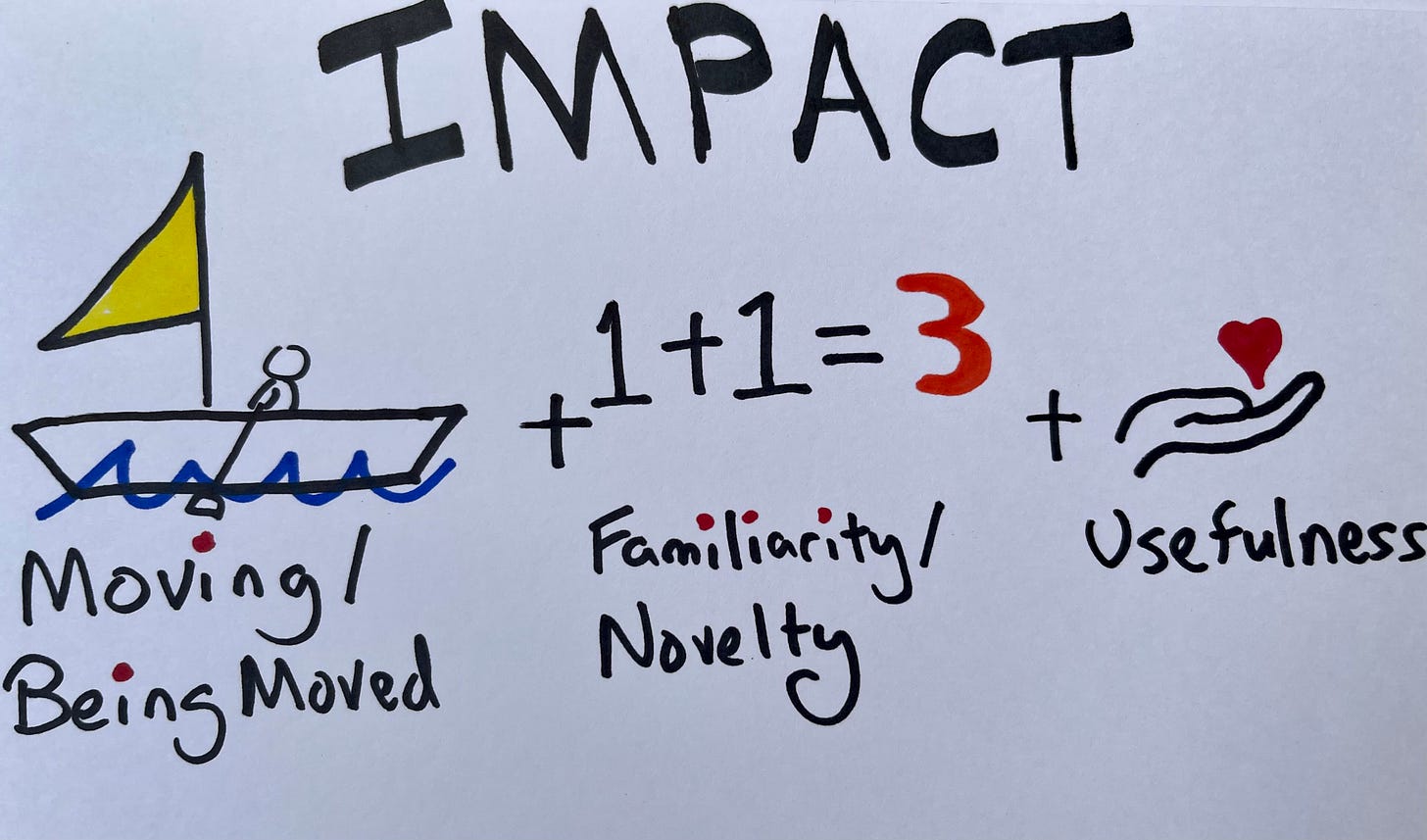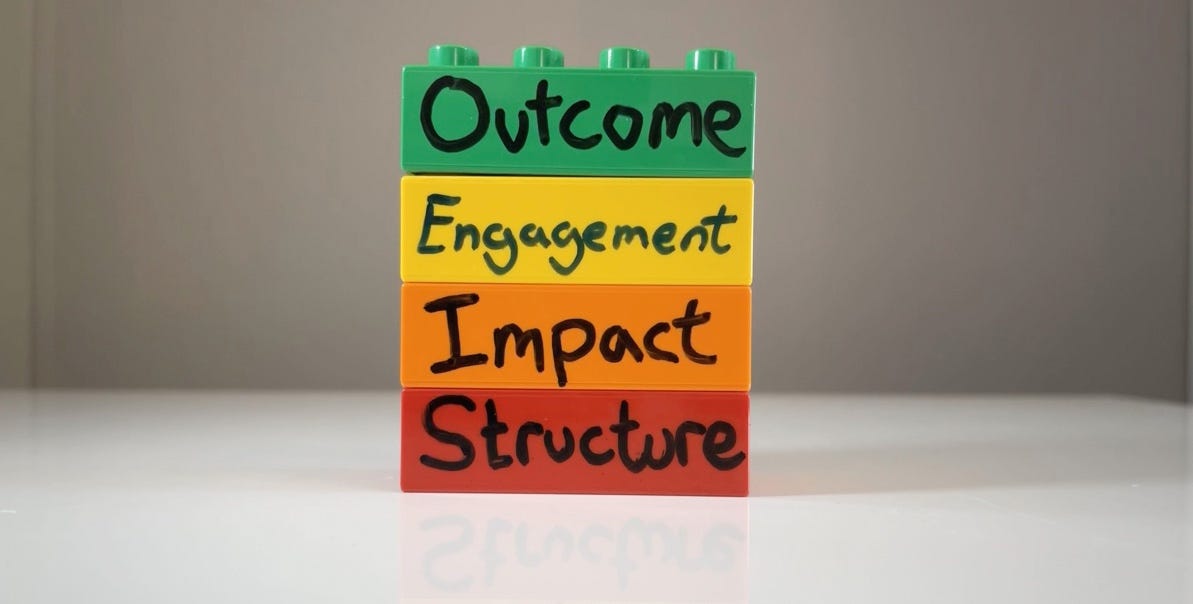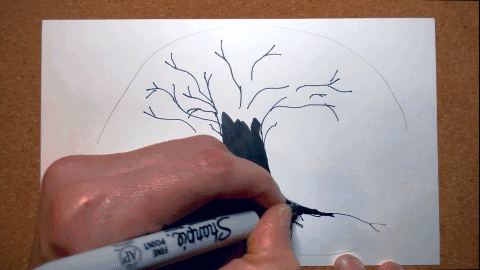In the previous essay, we addressed the three key elements on how you can structure your sessions.
The reason we want to take care of how we structure our sessions is because we want to create an impactful experience for our clients.
Every session counts. Even the first. As I’ve written an entire book about this, our first sessions should not be devoted to a clinical assessment or a thorough intake. We should focus less on what we are “taking” and more on what we are giving.
When we overemphasise on our intakes, we lose impact. And we might just lose our clients. Close to 20-30% of client dropout after the initial session!
What Happens When We Don’t Think About Impact?
When we don’t think about the inner experience from our client’s perspective, we run the risk of a conversation sounding no different from a chat. A therapeutic conversation needs to the warmth and friendliness of a chat, but it needs to be therapeutically fruitful. It needs the spaciousness to help clients speak the less spoken about. It needs to go deeper.
For more about going deeper, see this previous post:
Thinking in Thirds: Going Deeper (Part II of III)
When we fail to consider the emotional experience of our clients in-session, we run the risk of disengagement.
But to focus on creating impact is not about focusing on you. How we create impact, is an act of empathy. It’s not about us. If I focus about how “impactful” I am, we have shine the light in the wrong place.
Benedictine Nun, Sister Joan Chittister points this contradiction:
Every impactful person brings to you themselves and not needing to proof ‘how impactful I am’, ‘how smart I am’, and ‘how needed I am.’
Impact Defined
Here’s how I think about impact:

1. Moving and Being Moved
“To move” is to go in a certain direction.
“Being moved” is to allow the unfolding conversation to take you and your client to places that both of you may not have planned. To be moved can’t exactly be pre-meditated. When we say, “I am deeply moved” it means that we had a moving, emotional experience. Some emotions researchers argue that “Being Moved” should be treated as a “distinct emotion.”1
Like a sailboat, the relationship of where you are trying to go is dependent on the wind.
Too much force of will against the wind, and to insist on going a certain prescribed place is moot. Trying to nurture what is not in a client’s nature is one example. Imposing our pet trauma-informed approach on someone who doesn’t hold that view of their problem is another example.
Yet, going with the wind alone might lead you nowhere.
Neither “to move” or “being moved” is the answer. It’s the relationship of the two that propels us forward. It is sharing of our wills from both parties to move in a direction, and the willingness to be moved by the shared experience of two people coming together in a deep conversation.
It is not either/or, but both/and.
2. Familiarity & Novelty
When people come into therapy, some might not have an idea of what to expect. Some might have had bad experiences, while others might have strange pre-conceived ideas about how therapy works.2
Help your clients have a sense of how you conduct sessions. Help them become familiar to you. Give them a chance to become familiar with the process.
The flipside of familiarity is novelty. Novelty breaks expectations. When used judiciously, this can have a surprising effect.
The paradoxical relationship of familiarity/novelty is experienced all the time. Think about a good movie, a song, or a story that you’ve recently experienced. A good piece of art is often one that sets out a consistent rhythm of what to expect—and then it disarms your expectations.
The familiarity/novelty paradox is important because it influences our prospective memory i.e., more likely to be hooked in our memory bank. Memory is the motherboard of learning. Without it, learning can’t happen.
3. Usefulness
The above sounds good in theory, but without it becoming in service of our client’s best interest, points #1 and #2 would simply be just good ideas.
Ultimately, our work is to help translate the in-session impact into their lives, be it a relief from psychological symptoms, and/or an improvement in their wellbeing and relationships.
This is why, keeping a close eye on how the sessions are impacting your client’s is a vital thing to incorporate into your clinical practice.
The enterprise is to create an “alive” session, so that they will be sparked to come alive.
From Structure to Impact
What is the link from structure to impact?
Structure is the scaffold that allows us to grow something impactful.
When we think about how we structure a session, it should lead us to think about how we can shape the session to create an emotional impact. Because impact increases the likelihood of client engagement, and in turn, influences client outcome.

My wish for you is to be a good gardener how you conduct sessions.
Grow this tree.
For more on how to translate these ideas of impact, check out the course, Structure & Impact.
Here’s a sneak peek:






Recent Comments